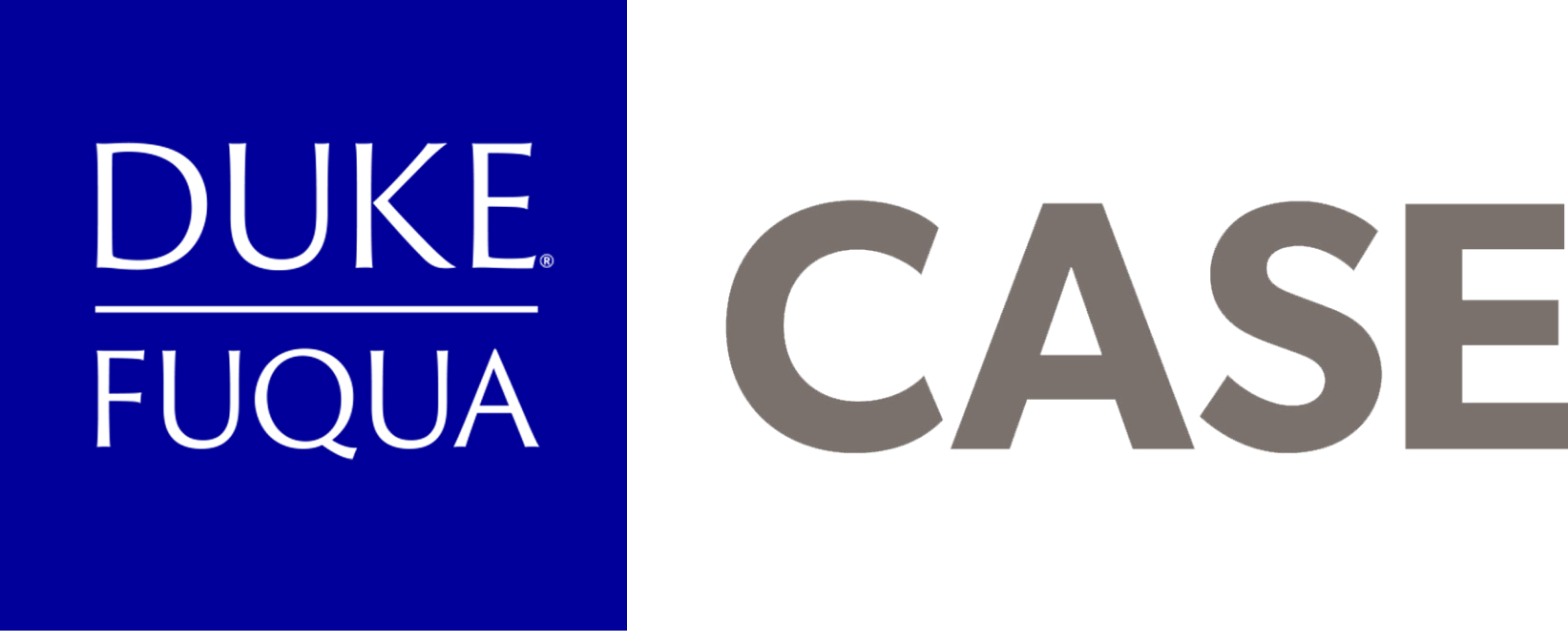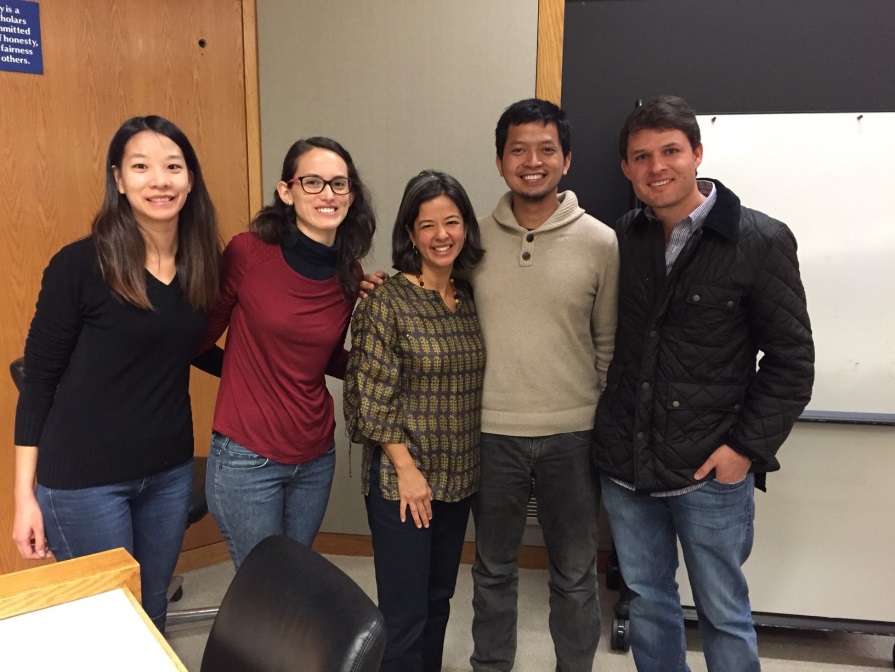This post was written by Adelina Dasso, Duke MBA student, in April 2015
On March 24, 2015 I had the great opportunity to attend the presentation of our CASE i3 spring speaker, Maya Chorengel. Maya is Co-founder and Managing Director of Elevar Equity, a venture capital fund that helps innovative entrepreneurs bring financial services, education, housing, and healthcare to “bottom of the pyramid” (BoP) households in India and Latin America. Maya has more than a decade of experience in impact investing, spending the last eight years of her career at Elevar, which is in the top quartile of emerging market private equity and venture capital funds, and which has achieved significant impact by serving more than 17M BoP clients through its 19 portfolio companies. Maya’s team has proven that achieving both high returns and high impact is possible while serving the BoP market.
Maya shared many key lessons from her work with Elevar for aspiring impact investors and fund managers. The lessons that most resonated with me include the following:
Work with a cohesive and experienced team who share the same passion
Maya works with a small team with extensive experience in private equity and investment banking. Importantly, each of the team members made a personal decision to use their skills to create social and economic benefits for BoP communities. Also, all come from the countries in which Elevar invests, including India, México, and Brazil. Maya shared that this native understanding of the culture in the countries in which Elevar invests is important.
Understand the needs of underserved customers
Elevar begins its investing process by focusing on large and underserved groups. The members of the team focus on understanding the needs of their communities and where the larger share of wallets is. They have determined that the current essential needs for the communities in which they are investing are: access to financial capital, housing, healthcare, and education. After assessing the opportunities, they look for the best entrepreneurs working in these sectors. Elevar provides entrepreneurs with funds between $1M and $5M for proving the concept at the unit level during a maximum term of 18 months. If the business is profitable at this level, the fund may inject additional capital of between $10M and $20M.
Seek social impact, innovation, scale, commercial discipline, and results
Elevar invests in early stage and early growth companies providing the essential services defined above. The businesses need to be scalable and innovative in customizing services for underserved customers while doing good. The social impact of Elevar’s model is measured in three ways: assuring that its companies maintain focus on underserved customers, maximizing the number of clients served, and adding value for their customers.
Look for tri-sector entrepreneurs with execution experience
Entrepreneurs need to have experience building strong companies and strong networks and executing business models on the ground. As Maya said, “Our entrepreneurs innovate to deliver ‘more for less’ and have a prior track record of building large retail businesses.” They also need to have exceptional understanding of the communities in which they operate in order to be role models for how companies in their sectors work in BoP communities. This type of tri-sector entrepreneur, for example, knows how to work within the bureaucracy of India, understands the regulatory environments affecting their business, can visit with and relate to BoP customers, and can make the right connections within the banking industry of Latin America.
It is possible to establish a commercial impact investing model that generates net returns with high impact
Maya and her team pioneered a high impact and high return model, and in order to accelerate its implementation, they converted their fund into a for- profit venture. Elevar is one of the few funds that has been successful with this model, with a 24% net IRR in its first fund and an annual average revenue growth of 50% for the companies in its second fund.
I think Maya left us with the message that having the above ingredients is essential to achieving what many think is impossible: social good for communities and attractive returns for investors.
To watch or listen to Maya’s full presentation, please follow this link.

